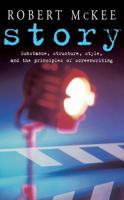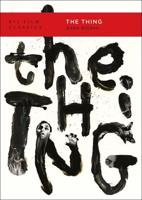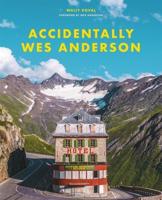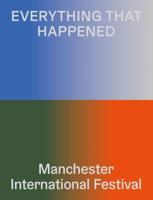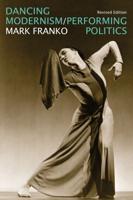Publisher's Synopsis
Cinema and photography are both intimately associated with time-cinema with time in passing, the photograph with the lost moment. In Photography, Cinema, Memory, Damian Peter Sutton explores time in both media to present a radical new understanding of the photographic image as always coming into being.
Drawing on Gilles Deleuze's concept of the crystal image to move beyond the tropes of immobility, stasis, and death, Sutton's analysis reveals the open-endedness of time expressed in the photograph, either as a potential for an abundant future or as a depth of meandering remembrance. He presents an innovative taxonomy of time in the photograph, considering particular representations of time in the work of Nan Goldin, Eugène Atget, Andy Warhol, and others. He contrasts this taxonomy with representations of time in cinema since 1895, offering fresh readings of the films of the Lumière brothers and Mitchell & Kenyon, as well as more recent works including Eternal Sunshine of the Spotless Mind, Amélie, and A Matter of Life and Death.
Throughout this work, Sutton connects and grounds cinema and photography as starting points to comprehend how we come to terms, ultimately, with time itself as pure, immanent change.
Drawing on Gilles Deleuze's concept of the crystal image to move beyond the tropes of immobility, stasis, and death, Sutton's analysis reveals the open-endedness of time expressed in the photograph, either as a potential for an abundant future or as a depth of meandering remembrance. He presents an innovative taxonomy of time in the photograph, considering particular representations of time in the work of Nan Goldin, Eugène Atget, Andy Warhol, and others. He contrasts this taxonomy with representations of time in cinema since 1895, offering fresh readings of the films of the Lumière brothers and Mitchell & Kenyon, as well as more recent works including Eternal Sunshine of the Spotless Mind, Amélie, and A Matter of Life and Death.
Throughout this work, Sutton connects and grounds cinema and photography as starting points to comprehend how we come to terms, ultimately, with time itself as pure, immanent change.


